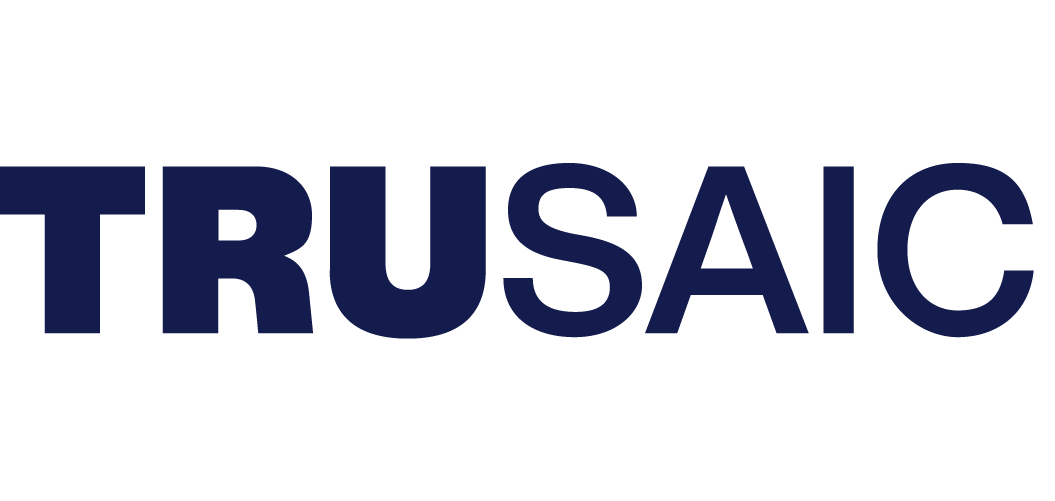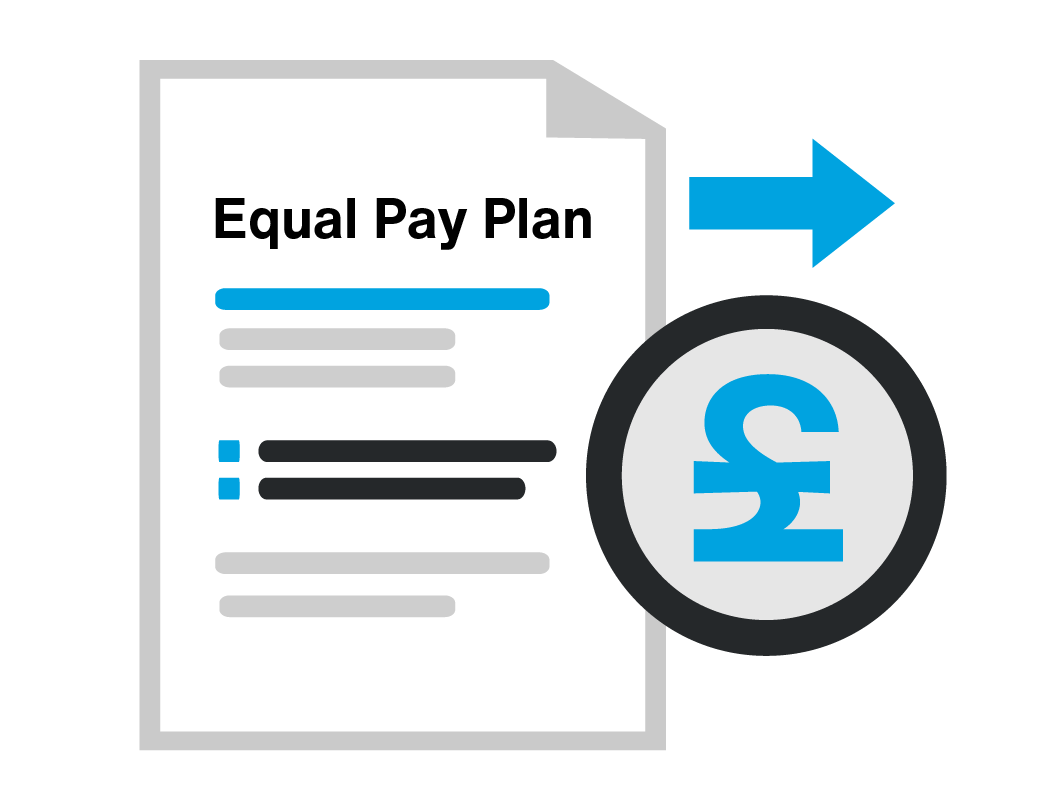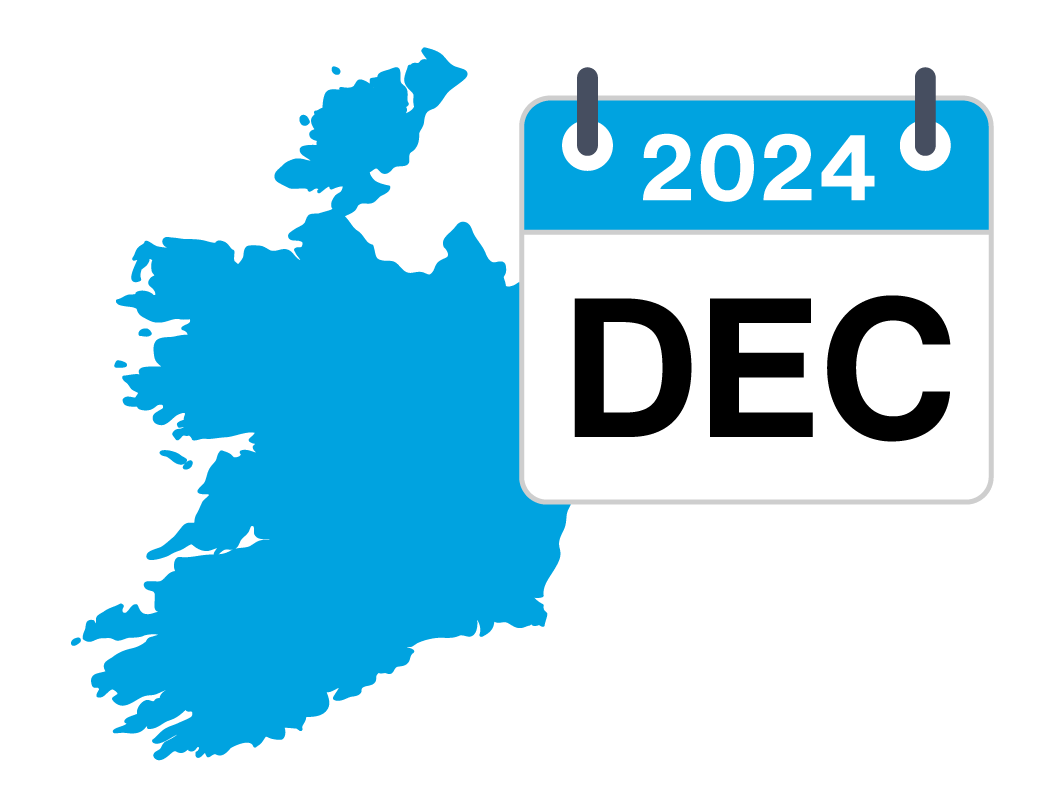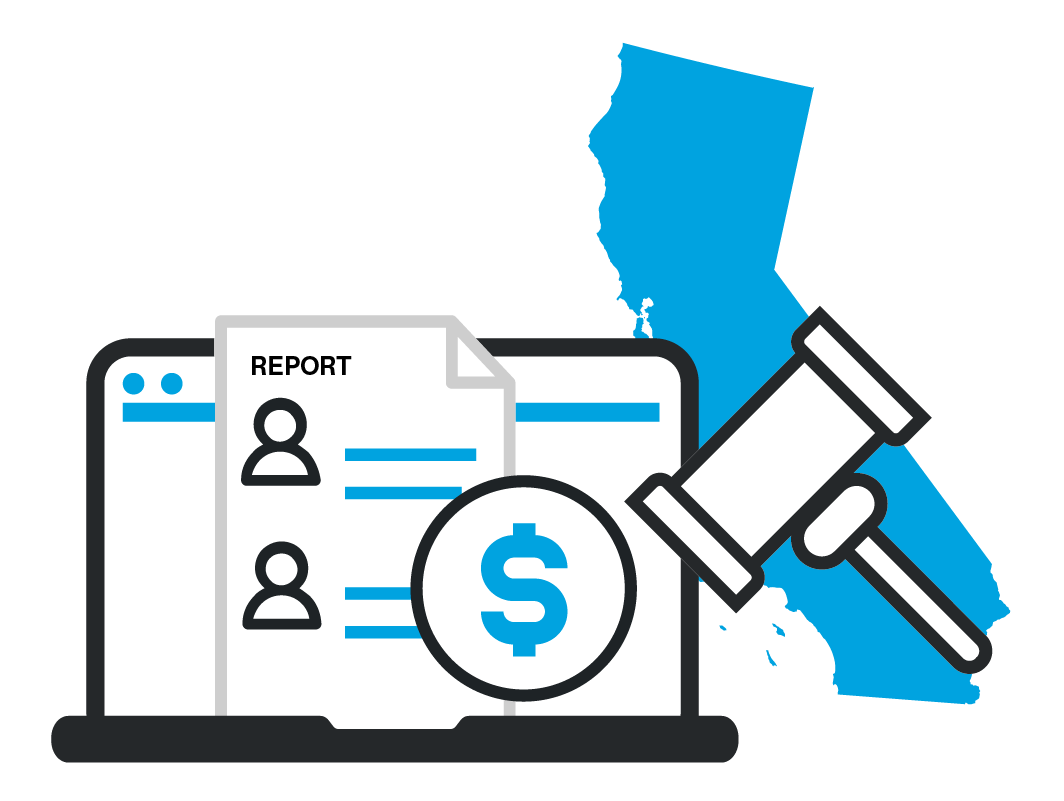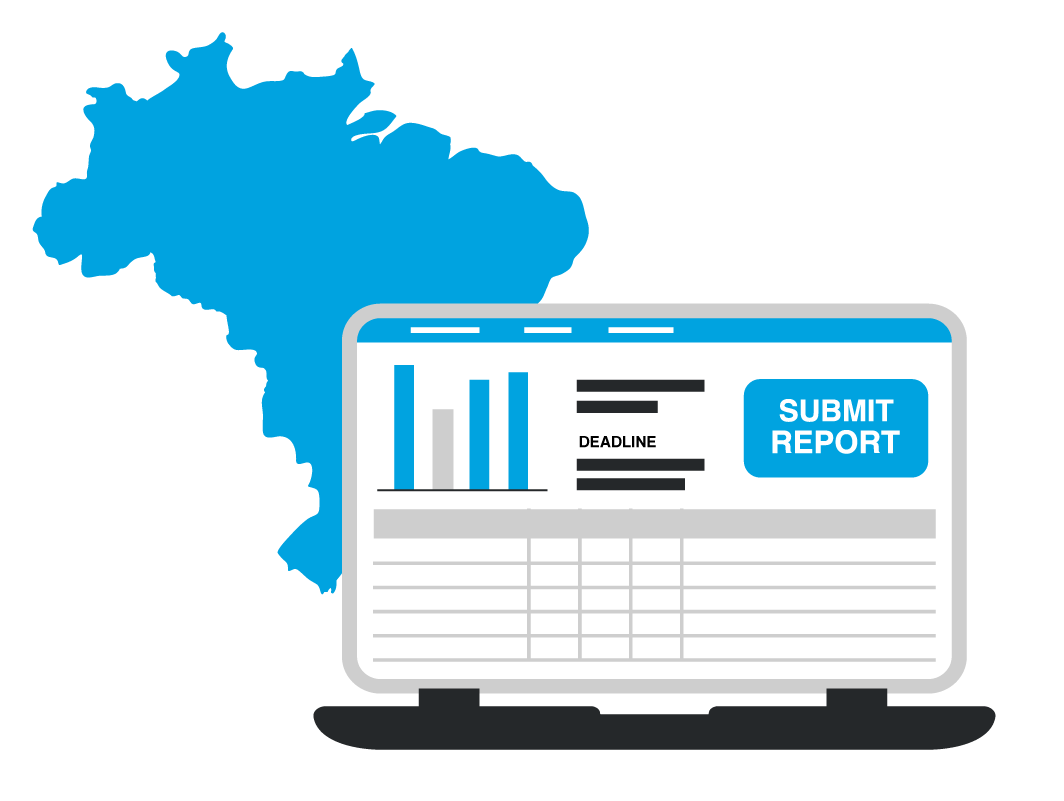
In 2023, Brazil amended its Equal Pay Law, requiring organizations with 100 or more employees to submit pay data to enable the Ministry of Labor and Employment (MTE) to produce biannual Salary Transparency and Remuneration Criteria Reports.
Reports are published in March and September each year. Employee data for the next report is due for submission by Aug. 30 on Brazil’s “Portal Emprega Brasil”. Reports for the second half of 2024 will be made available to employers by Sept. 16, which then have until Sept. 30 to publish the outcome on their websites and social networks. Failure to comply may result in financial penalties.
Salary transparency reports published in March 2024 covered 17.7 million workers and revealed an average gender pay gap of 19.4%. That gap rises to 25.2% for women in managerial roles, and 32% for Black women. Brazil ranks 118th on the WEF’s Global Gender Gap Report for “wage equality for similar work,” a fall of eight places compared with 2023.
Salary Transparency Reporting Requirements
Issued on Nov. 23, 2023, Federal Decree No. 11,795/2023 regulated Brazil’s “Equal Pay Law” 14,611 of July 3, 2023 with immediate effect.
Under Brazilian law, men and women are entitled to equal pay for work of equal value, without regard to gender, nationality or age. Biannual employee data required for submission to the MTE includes:
- Company job roles or occupations grouped by the Brazilian Classification of Occupations (CBO), together with their respective duties, and;
- Value of the following: (a) contractual salary (monthly); (b) thirteenth salary; (c) gratuities; (d) commissions; (e) overtime; (f) increased pay rates for night shifts and working in risky or hazardous conditions; (g) vacation; (h) payments due during notice period; (i) paid weekly time off; (j) tips; (k) any other payments to the employee arising from current laws or collective bargaining agreements.
Eliminate the Complexities of Regulatory Pay Transparency Reporting
Employers must also supply detailed information on how they intend to increase workplace diversity and inclusion. That includes:
- Documentation relating to career frameworks and job and compensation plans;
- Pay criteria for access and career progression or advancement of employees;
- Information on incentives to hire women;
- Criteria for promotion of employees to leadership and management positions, and;
- Initiatives and programs to support the sharing of family obligations and reduce the burden on women.
Reports published in March 2024 show that only 32.6% of employers operate a policy to encourage hiring of women.
All data must be anonymized, in accordance with Brazil’s General Data Protection Law (LGPD). If pay discrepancies are identified by the MTE, employers must create an action plan to address wage inequalities, containing specific goals and deadlines. Action plans must be submitted within 90 days of notification by the MTE. Goals and deadlines must be evaluated at least every six months.
Non-compliance may result in fines of up to 3% of the employer’s payroll, capped at 100 times the Brazilian minimum wage.
Action Items for Brazilian Employers
In summary, organizations with 100 or more employees must:
- Submit employee pay data in February and August of each year.
- Publish the Salary Transparency Report generated by the MTE in March and September on company websites or social media.
- If notified by the MTE, prepare an action plan within 90 days.
Achieve Authentic Pay Equity With Software
With an average pay gap in Brazil of 19.4%, most employers are at risk of being required to submit action plans. Companies can take action now to ensure compliance and reduce pay disparities. Strategies include:
Carry out a pay equity analysis. A pay equity analysis helps understand income disparities and gender pay gaps in your organization. Using pay equity analysis software makes it easier to identify the root causes of pay disparities in pay and remuneration criteria.
Create a compensation philosophy. Consider Wage Influencing Factors (WIFs) in your company. WIFs reflect the effort, responsibility, working conditions, or location applied consistently to determine employee pay. Decide what you value and what you pay for, and stick to those principles. Implementing a transparent pay structure is required in all Action Plans.
Evaluate job architecture. A well-structured job architecture helps ensure you’re placing employees in the correct job codes in accordance with Brazilian Classification of Occupations (CBO). When carried out correctly, it helps to ensure consistency in compensation decisions.
Pay data reporting. Ensure you are gathering the necessary employee data and carrying out a thorough analysis to comply with biannual reporting deadlines. Disclosing salary and remuneration data may require a cultural shift for some employers.
Carry out regular audits. Regular audits help your organization to comply with increased monitoring of wage discrimination required by Brazilian labor law amendments.
Pay Transparency Landscape
Just over half of OECD countries (21 of 38) now have some form of gender pay gap reporting requirements for private employers. Meanwhile, 27 countries have signed up to the Equal Pay International Coalition (EPIC). During its current Presidency of the G20, through Nov. 30, 2024, Brazil has prioritized gender equality and equal pay for men and women.
Do You Have a Global Pay Equity Strategy?
Globally, the most impactful legislation is the EU’s Pay Transparency Directive which will be in effect for all member states by June 2026. Brazilian employers with operations in the EU must prepare to comply with its requirements.
Navigating the intricacies of global pay data reporting can be daunting. Leverage Trusaic’s pay equity analysis software and our team of experts to guide you through the process. Meet complex reporting and transparency legislation with ease and confidence.
